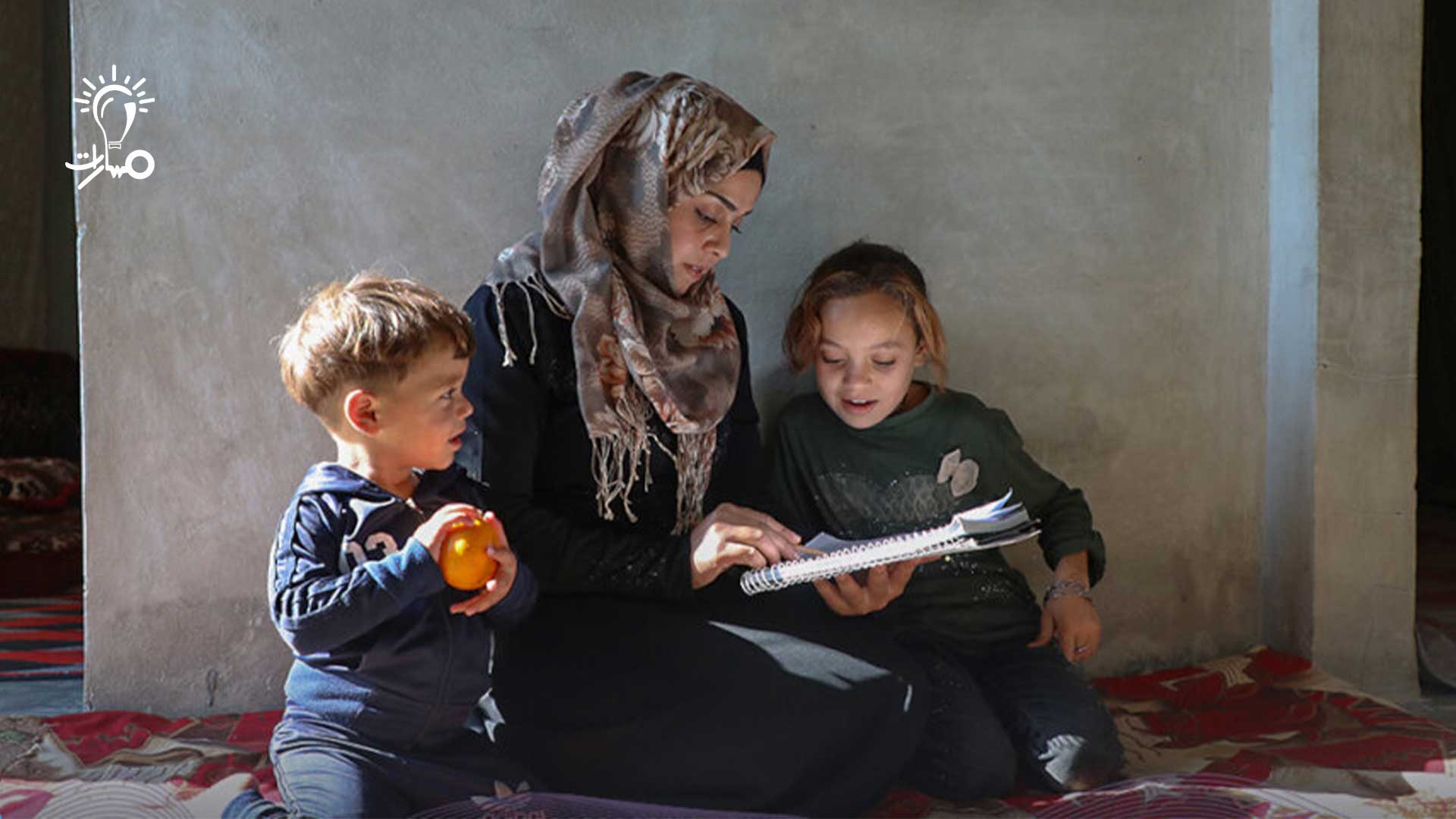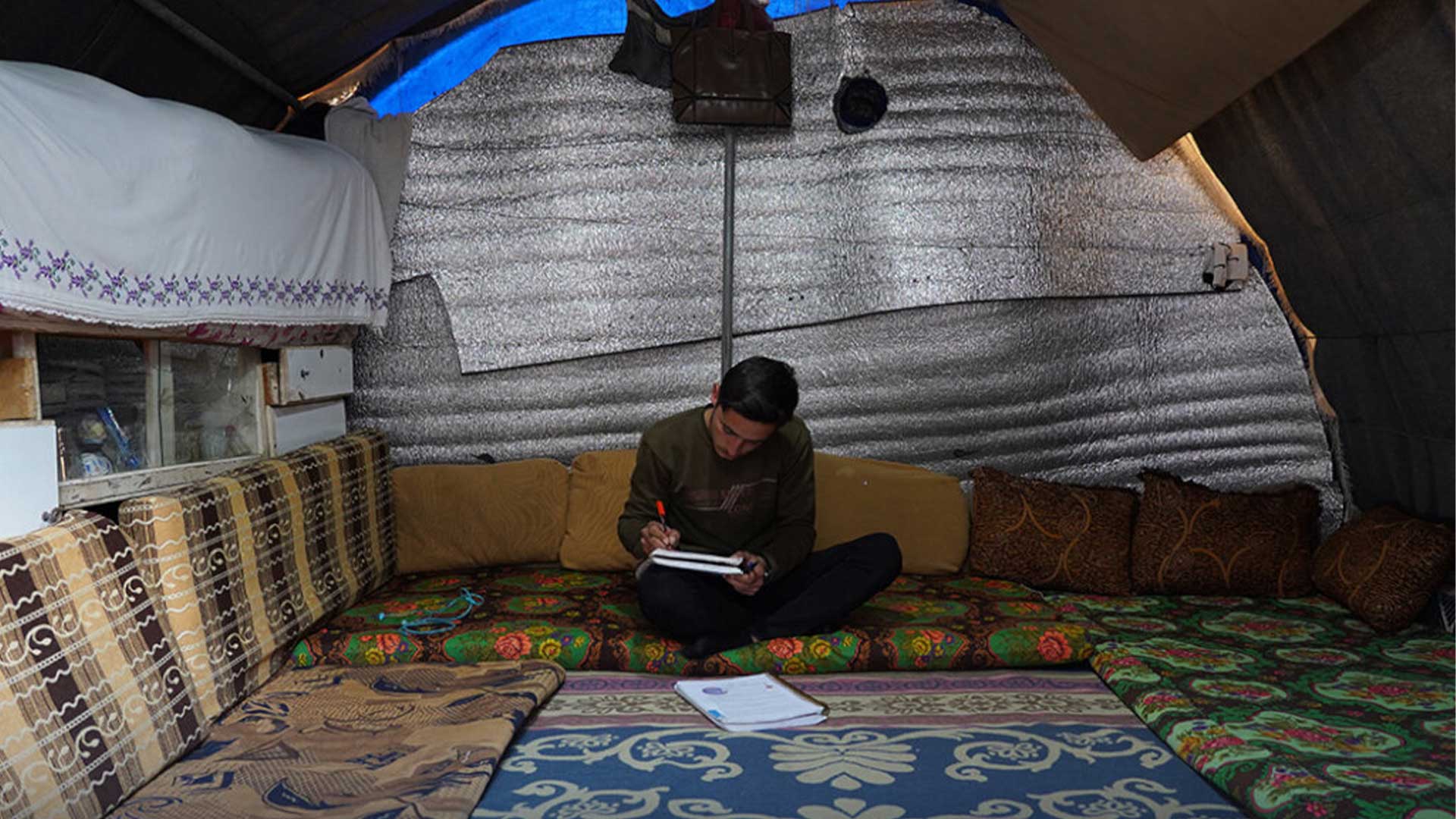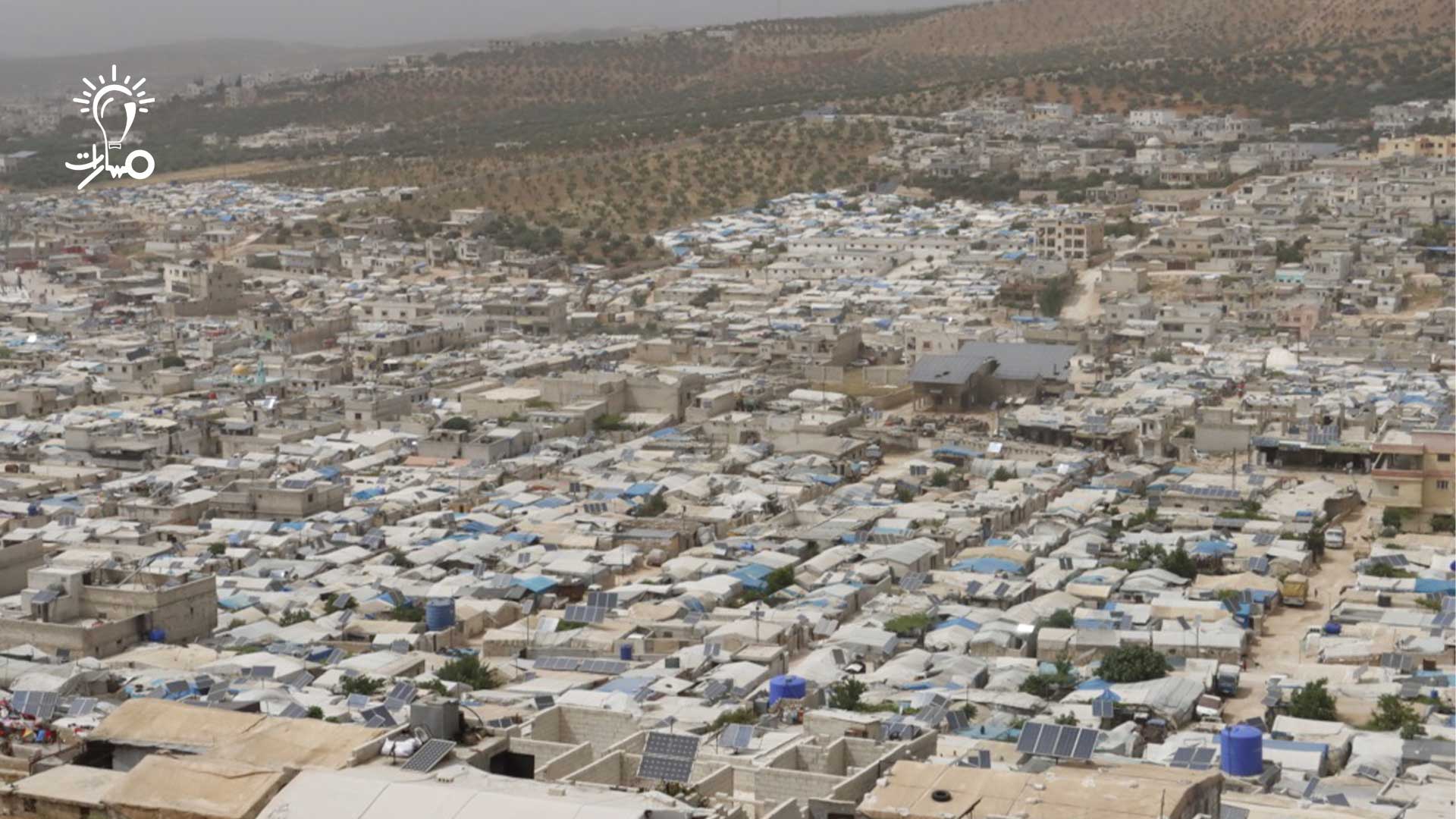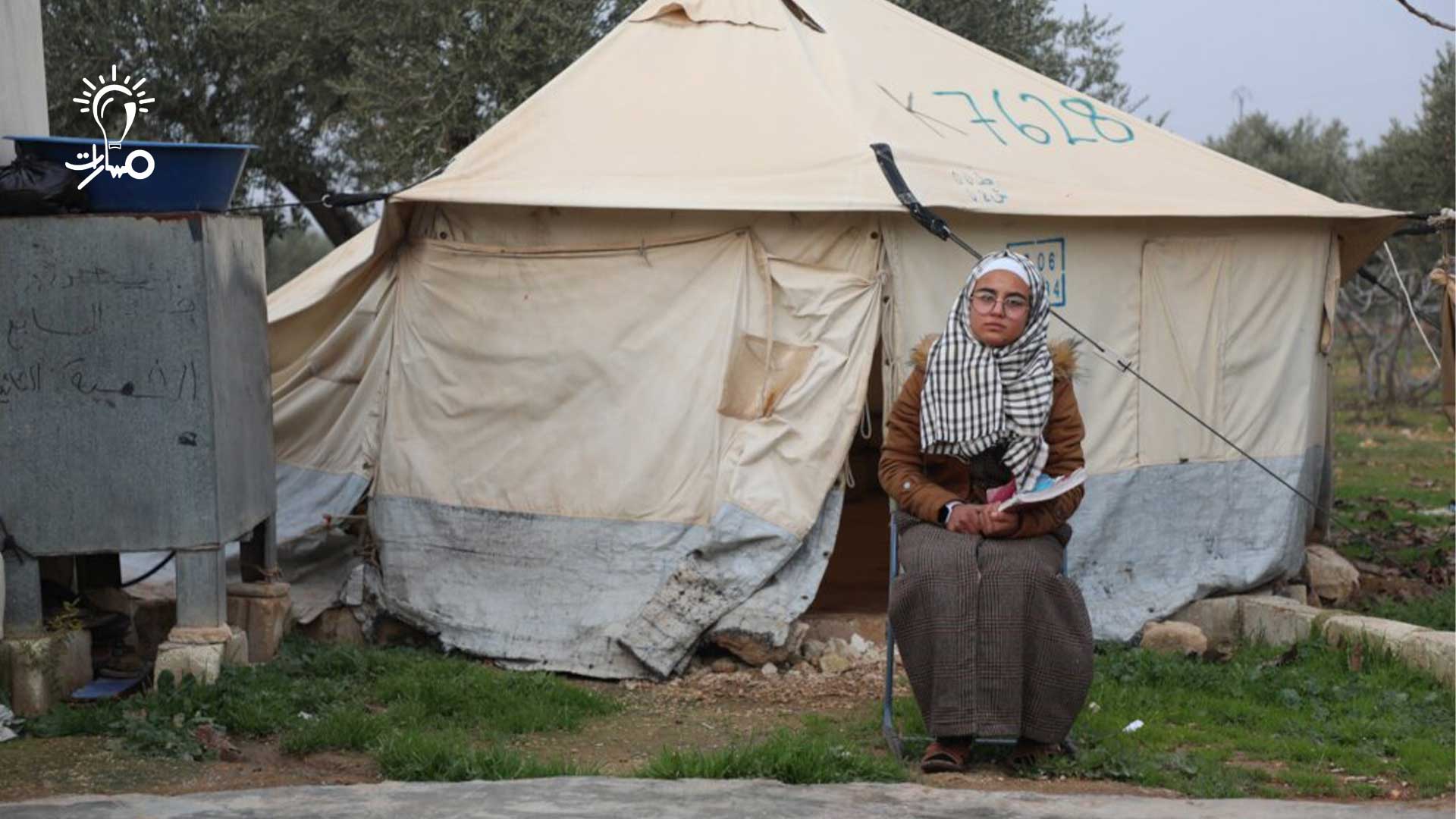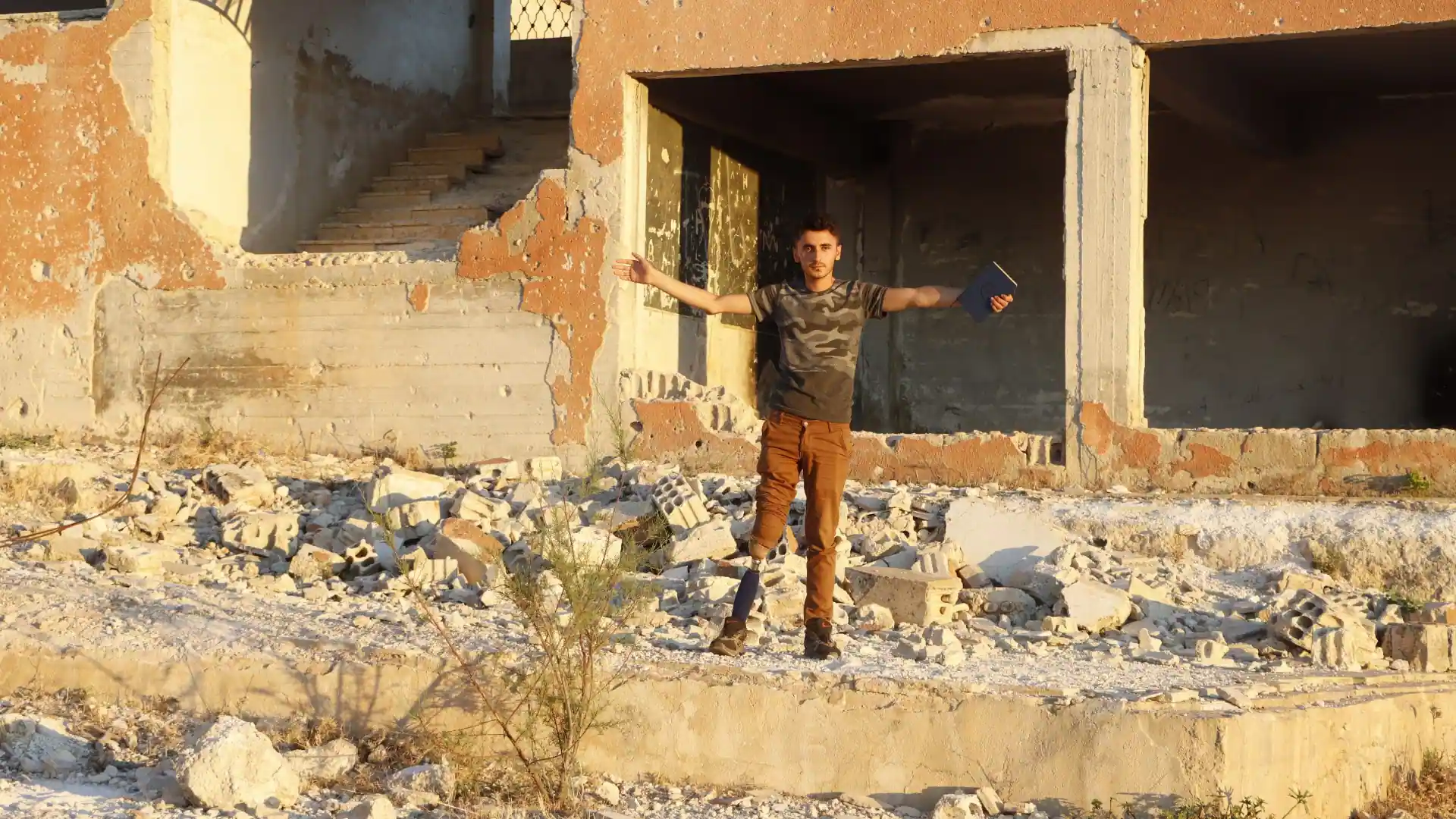Syria has experienced numerous geological events over various periods, with the movement of tectonic plates and resulting structural movements shaping the topography of Syria, leading to its diversity.
Most of Syria’s land lies at the northwestern end of the Arabian plate, which has been affected by a series of geological events over different epochs. This includes the collision of the Arabian plate with the Eurasian plate at its northern edges, where the Arabian plate collides and subducts beneath the Eurasian plate at the northern borders of Syria. This movement, heading north and northwest at a speed of approximately 17-20 mm per year, is still ongoing.
This resulted in the formation of the twisted mountains of Zagros and Taurus, while in the west, it was affected by the Asian-African fault. In the extreme northwest of Syria, the Anatolian plate collides with the Levantine plate in the Mediterranean, leading to the appearance of the fractured Syrian structure, which has resulted in an overlap and diversity of topographic features in Syria.
Seismic Activity in Syria and the Importance of Seismological Studies
Recent studies on ancient seismic activity in Syria and neighboring countries indicate that the region has experienced violent earthquakes that have struck different areas along the western part of the Levant, especially those near the fault networks associated with the Red Sea. These have affected many Syrian cities, particularly the earthquake in 1759, which had an estimated magnitude of 7.2 on the Richter scale.
It led to the destruction of many buildings in Damascus and some of its archaeological landmarks. The western part of the Levant still experiences various earthquakes, varying in intensity from weak to moderate, with the most recent being the Kahramanmaraş earthquake on February 6, 2023, at 4:17 AM. Its epicenter was west of Gaziantep, with its effects extending to Syria due to its proximity to the Syrian-Turkish border. This earthquake had a magnitude of 7.8 on the Richter scale, and about nine hours later, at 1:25 PM, another earthquake occurred with a magnitude of 7.5 in the İkizce area near Maraş. The combined casualties of these two earthquakes in Turkey and Syria exceeded 50,000 deaths and more than 120,000 injuries.
To Mitigate the Potential Seismic Hazard in Syria
Plans have been made for buildings and facilities capable of withstanding severe ground vibrations and improving earthquake-resistant building engineering. Early warning systems play a significant role in mitigating the impact of seismic disasters. Through these systems, traffic, trains, and elevators are automatically halted, and valves in oil and gas pipelines are closed when seismic monitoring stations detect primary seismic waves emanating from the seismic focus, which precede the destructive seismic waves in reaching the seismic stations.
Author: Osama Al-Khader, Geography Teacher at Masarat Initiative
